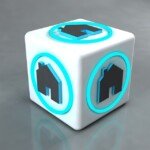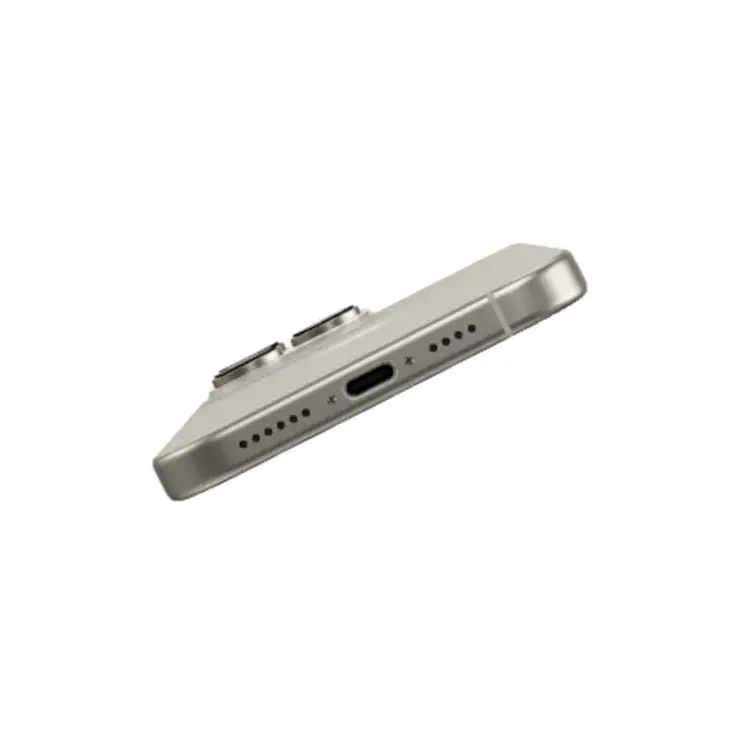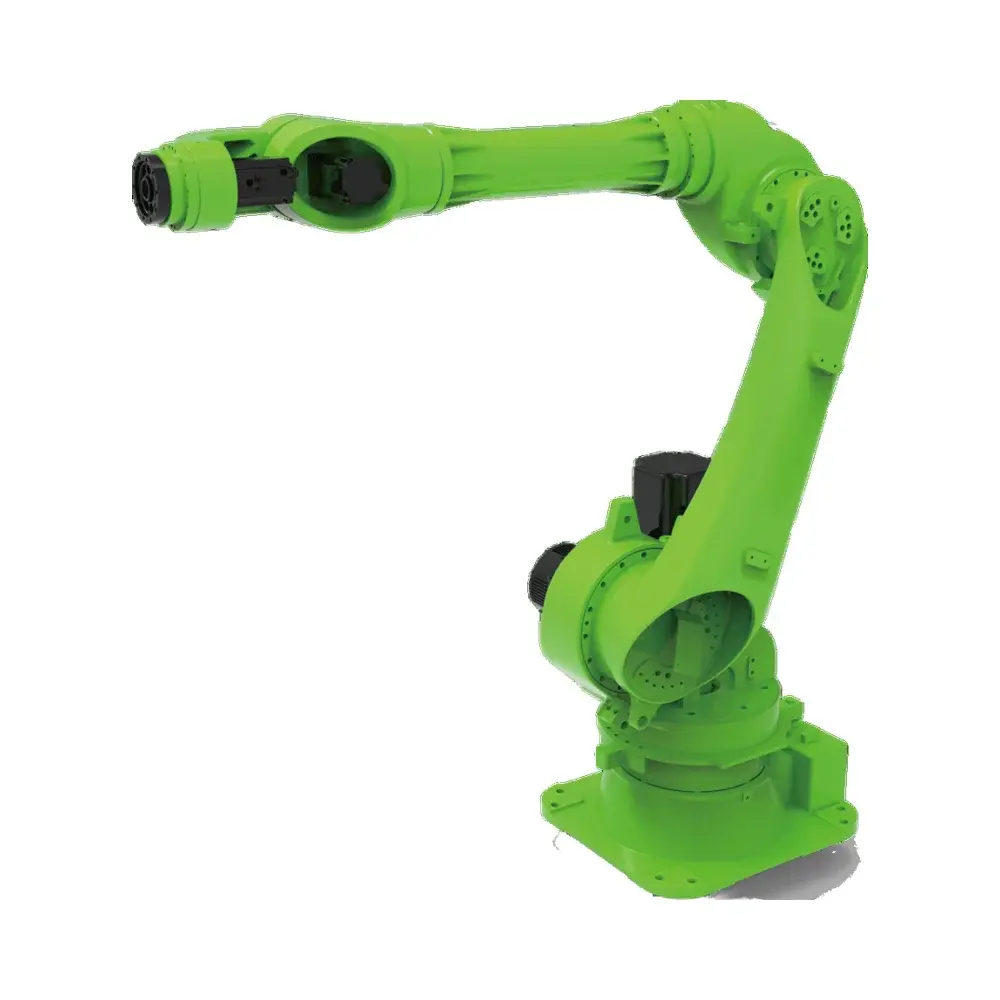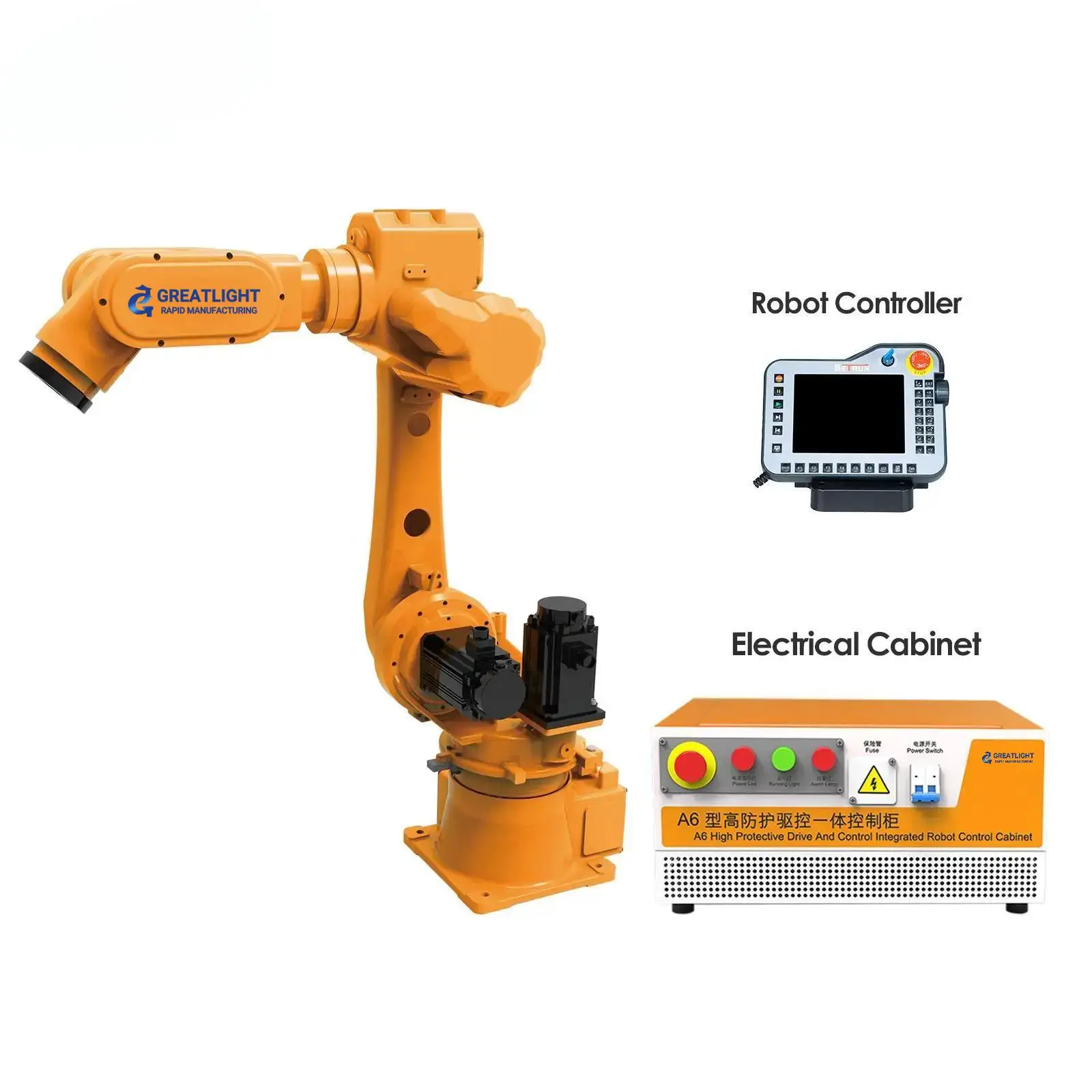In the production of membrane filters, most of the manufacturing processes date back to the 1960s. These manufacturing processes have certain limitations and can no longer meet the application requirements of many industries. In recent years, the rise of 3D printing has had a huge impact on the industry. Evove is a startup that created 3D printing technology to increase the efficiency and flow rate of filtration membranes.
In March 2023, Mohou.com learned that the company has successfully used graphene-based membranes in the field of water filtration and commercialized precision engineering membranes for additive manufacturing. Today, it completed a £5.7 million ($6.9 million) funding round for. accelerate the development of next-generation products.
The investment was led by At One Ventures, a German venture capital firm focused on 3D printing startups, with participation from AM Ventures, a German venture capital firm focused on 3D printing startups , and two existing investors. The new round of financing will enable Evove to expand its manufacturing capabilities and advance its proprietary reactive adhesive printing process. In the future, the company will focus on lithium mining, food, beverage, seawater desalination, ultrapure water and other fields.
With the motto “filter the infiltrable,” Evove focuses on developing additive manufacturing (AM) solutions to help solve filtration and separation challenges. Its product line includes improved membranes, as well as precision-engineered membranes that overcome the shortcomings of traditional manufacturing. By deploying its solutions in numerous applications, it reduces energy consumption and saves water.
△At the Evove laboratory, special coatings are applied to the membranes
Andrew Walker, Evove’s chief marketing officer (CMO), said most manufacturers still use decades-old methods to make products, including clothing, beverages and car batteries. In the field of souvenir manufacturing, traditional manufacturing processes will produce porous structures if observed under an electron microscope, these structures have different pore sizes and are inherently difficult to achieve precise filtration. According to Walker, the active filtration efficiency of these conventionally manufactured membranes is only 17 percent. However, Evove’s additive manufacturing technology enables a new leap in efficiency, improving performance by orders of magnitude over traditional manufacturing processes.
△Membrane made from technology from the 1960s (left) and 3D printed membrane (right)
“This is a revolutionary approach that can deliver transformative benefits,” added Chris Wyres, CEO of Evove. The company began using computational fluid dynamics and AI to speed up the design process and optimize the membrane. 3D printing is then used to create products that perform better than traditional membranes. “
△Testing membrane improvements in the Evove laboratory
Evove’s journey began to address industry needs, first applying a graphene oxide coating to an existing membrane, which improved performance but did not correct defects in the underlying substrate and constituted an imprecise and obsolete device. While membranes are typically 8 inches in diameter and can be printed on existing AM machines, Evove aims to use ceramics to create membranes with new, optimized structures. Even though 3D printing technology was not yet fully developed at the time, there were already various printing technologies with print heads on the market. So the team began investigating the possibility of using existing printing technology to create the patented Separonics ceramic membrane. Although ceramic membranes have been available for several years, their high cost has significantly limited their market application. Materials science expert Walker pointed out that ceramic materials are too fragile. Although these membranes may have a long theoretical lifespan, they tend to break, which is why most companies do not purchase ceramic membranes. However, Evove has managed to position the cost of ceramic membranes at the same level as that of polymer membranes thanks to innovative reactive binder jetting technology.
Additionally, Evove uses 3D printing technology to pioneer applications for ceramic membranes, creating new membrane designs capable of changing performance and helping to reduce energy consumption. This winning combination has attracted investors like AM Ventures.
●Thanks to 3D printing technology and the investments it has received, Evove can now help emerging markets transition to new energy economies, such as more sustainable lithium, geothermal and desalination fields.
●Additionally, Evove leverages its green hydrogen production technology. Through more efficient processes, smaller footprints, reduced energy and end-to-end production costs, Evove has reduced the carbon footprint of the green hydrogen production process through electrolysis. However, to produce ultra-pure water currently requires around 15-20 liters of tap water, which is extremely inefficient. Evove therefore needs a more efficient membrane to solve this problem and believes that 3D printing technology will play a more important role in the future.
●In addition to lithium and green hydrogen, Evove helps customers in many industries reduce their high carbon footprint, such as the desalination industry, food and beverage, and any industry that generates wastewater.
With the support of new investors, Evove hopes to expand the scope of its services and support to enable end users to solve energy or water challenges. Investors are happy to see that this company can continue to develop precision filtration membranes and bring practical application value to the market, and look forward to better performance from Evove!
Source: 3D Printing Network
Daguang focuses on providing solutions such as precision CNC machining services (3-axis, 4-axis, 5-axis machining), CNC milling, 3D printing and rapid prototyping services.














































